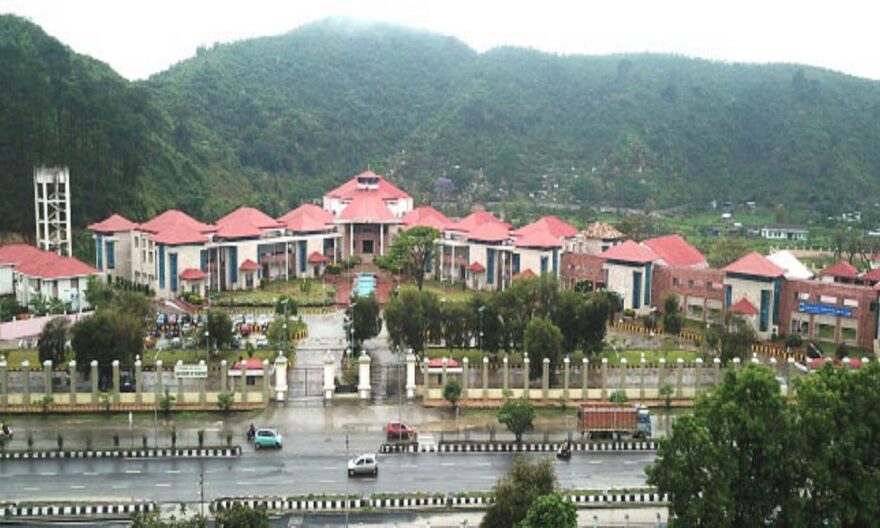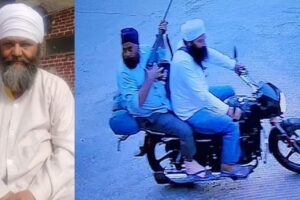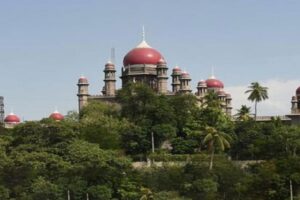
The Manipur High Court on Thursday directed that status quo be maintained at the proposed burial site in Haolai Khopi village within the Churachandpur district. This site had been chosen by the Kuki-Zo community for a burial service commemorating the lives of 35 individuals who fell victim to ethnic conflict.
Acting Chief Justice MV Muralidharan delivered the High Court’s order after a session that took place at 6 am.
Simultaneously, the Indigenous Tribal Leaders’ Forum (ITLF), representing the Kuki-Zo community, expressed a conditional willingness to postpone the burial for a period of five days. This decision came in response to appeals from Union Home Minister Amit Shah and Mizoram Chief Minister Zoramthanga.
The ITLF held a prolonged meeting that extended until 4 am due to a new development. The Ministry of Home Affairs (MHA) had requested a delay in the burial, offering a compromise: if the community agreed to the postponement, they would be allowed to proceed with the burial at the same location, and the government would formally designate the land for this purpose. A similar request had been made by the Chief Minister of Mizoram.
The ITLF stated, “After extensive deliberations with various stakeholders late into the night, we have reached a decision to consider the MHA’s request, provided they furnish us with a written assurance regarding five specific demands.”
In anticipation of the ITLF’s response, additional central security forces were deployed to the boundary between the Bishnupur and Churachandpur districts.
The ethnic clashes that erupted in Manipur on May 3 resulted in the loss of over 160 lives and left several hundred injured. The conflicts emerged following a ‘Tribal Solidarity March’ organized in the hill districts, as a response to the Meitei community’s pursuit of Scheduled Tribe (ST) status. The Meitei community constitutes approximately 53 percent of Manipur’s population and primarily resides in the Imphal Valley, while the tribal populations, including Nagas and Kukis, make up a little over 40 percent and predominantly inhabit the hill districts.




